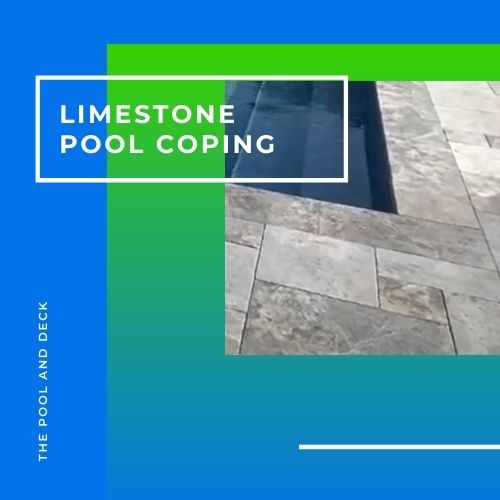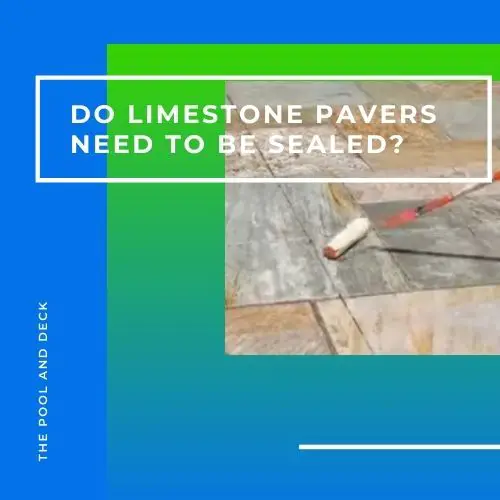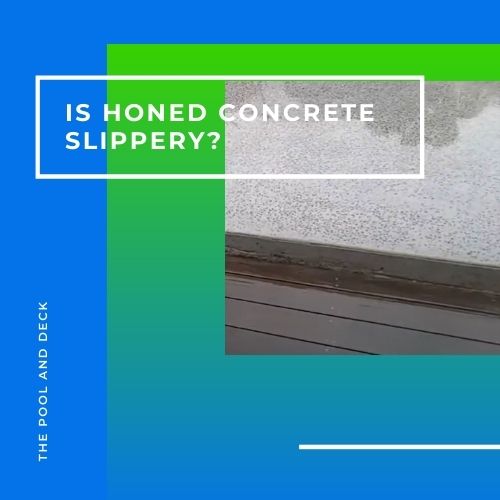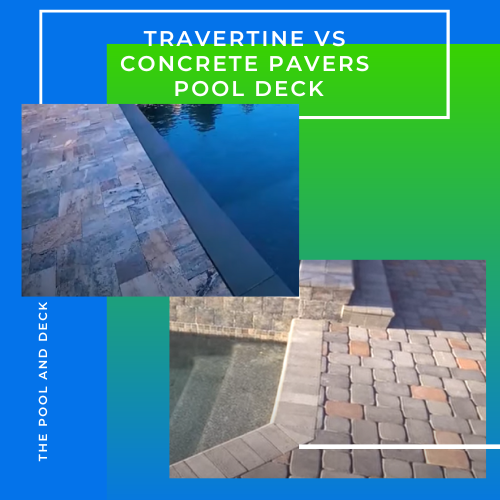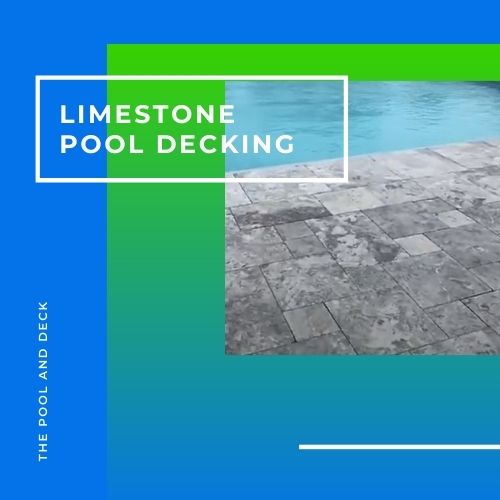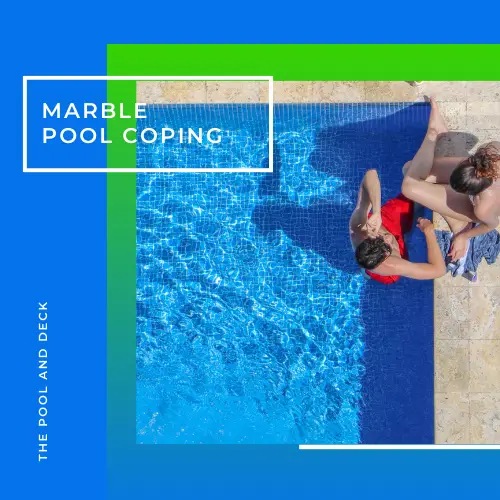Bluestone Pool Coping: 6 Awesome Advantages Worth Noting!
Table of Contents
Is Bluestone Good for Pool Coping?
Bluestone pool coping and pool deck are an excellent combination, creating a classy and tranquil space for you to relax in. Bluestone coping is cool to the touch, slip resistant and durable, making it a great investment in spite of its higher cost. Just make sure to seal it periodically!
If you have ever seen a bluestone patio or pool deck, you must have been mesmerized by its cool, serene beauty.
However, bluestone, beautiful as it is, may or may not meet all your requirements. The color has to complement your house exterior.
Before you decide to go ahead with bluestone in your backyard, make sure that bluestone color is a perfect match to your home exteriors. The climate is also an important factor in choosing, or not choosing bluestone.
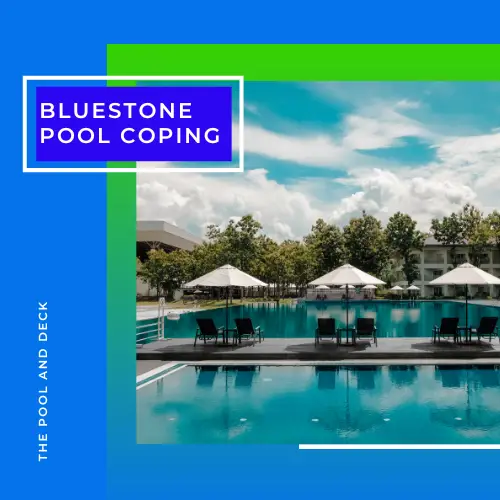
In my opinion, bluestone, slate and granite work better in warm sunny climates, whereas travertine, flagstone and sandstone work better in cool cloudy climates. But, of course it is ultimately a question of personal preference and design goals.
What Is Bluestone Pool Coping?
The role of pool coping is often not fully understood. For most, it is just a strip that runs along the edge of the pool. Many do not even distinguish it as separate and distinct from the deck. This is understandable, as quite often the material used for pool coping is the same as that used for the pool deck.
The pool coping is, however, a lot more than a visual border around the pool edge.
In fact the pool coping is an essential part of pool and deck construction and serves several very important functions such as:
- Protecting the pool wall and foundation from water ingress
- Keeping the deck dirt & debris from getting into the pool
- Providing a ledge for swimmers to hold onto and pull themselves out
- Adds to the aesthetic appeal of the pool and deck
There are a host of material choices for the pool deck ranging from the utilitarian concrete and composites to the earthy brick and natural stones. Even within the natural stones there are at least 10 great options for creating stunning pool decks.
5 Popular Natural Stones used as Pool Coping
Typically pool copings are of the same material as that of the deck for design harmony. Having said that, there is no hard and fast rule. The pool coping material could as well be different from the deck material.
Natural stones are formed when fossils of marine life or minerals are compacted together in the earth’s crust over millions of years. The 5 most popular stones, quarried from sedimentary rocks and used for paving are:
Sandstone: Composed of microscopic grains of sand (silica) compacted and held together by calcium carbonate (calcite).
Bluestone: A type of sandstone that is rich in feldspar and gives it its distinctive blue-gray color.
Flagstone: Formed when sandstone gets bound together by minerals like silica, calcite, or iron ore.
Travertine: Formed from the precipitation of calcium carbonate in limestone caves and hot springs and compressed under the earth’s crust..
Limestone: Composed primarily of calcium carbonate (calcite) from the fossilized marine organisms and their shells.
All these stones are suitable for use as pool coping. They are porous and as a result both slip resistant and cool to the touch. However, they are prone to corrosion by acidic pool water as they have varying degrees of calcite in their composition.
Bluestone, flagstone and sandstone are from the same family. They are sedimentary rocks with sand (silica) as the main component. Bluestone, with blue-gray tones and a unique texture, is formed by the fusing of particles deposited by rivers, oceans, and lakes.
What Are the Advantages of Bluestone Pool Coping?
Bluestone pool coping is a popular choice for finishing the edge of a swimming pool as it offers a range of advantages. Here are some of the main advantages of bluestone pool coping:
1. Looks Cool:
Most natural stones have an earthy tone and fall in the beige, tan, brown range. Compared to them, bluestone stands out with its unique blue-gray color and texture. Bluestone pool coping is a perfect visual extension of the blue cool of your pool.
A bluestone pool deck and coping will give your backyard oasis a tranquil atmosphere. It will be the perfect spot for quiet relaxation or having intimate social events.
2. Stays Cool:
Bluestone has low thermal conductivity. As a result it does not absorb or retain heat from the sun. This makes it a comfortable surface to walk on even on hot summer days.
3. Slip Resistance:
Bluestone has a naturally textured surface that provides excellent slip resistance, even when wet. Bluestone pool coping is therefore excellent for safety around the pool where people are likely to be walking or running barefoot on a wet surface.
4. Durability:
Bluestone is a dense and durable natural stone that can withstand the elements and heavy use. It is resistant to water damage, temperature changes, and weathering, making it an ideal material for pool coping that will last for many years.
5. Low Maintenance:
Bluestone pool coping requires minimal maintenance. It can be easily cleaned with soap and water. Sealing bluestone pool coping periodically will ensure it retains its looks for years to come.
6. Improves Home Value:
Installing bluestone pool coping is bound to increase the resale value of your home. Bluestone is a high-quality material with unique aesthetic appeal. It is highly sought after and appreciated by potential real estate buyers.
What Are the Disadvantages of Bluestone Pool Coping?
Bluestone pool coping does have some disadvantages that you should keep in mind, if you decide in its favor. Here are some of the important ones:
Porosity:
Bluestone is, afterall, a type of sandstone. It is quite porous and will absorb water and other liquids, if not sealed. Pool water has chlorine and other chemicals, which can make it somewhat acidic at times.
Pool water permeation into the bluestone pool coping can result in staining, discoloration and degradation. In areas with extreme weather conditions, bluestone is also susceptible to damage from freeze-thaw cycles.
However, porosity of bluestone can be taken care of quite easily by sealing it periodically.
Expensive:
Bluestone is a high-quality natural stone which is unique and short supply. No wonder, it can be more expensive than other pool coping materials, such as concrete or brick.
The actual price can vary depending on the quality of the stone, the size of the pool, and the complexity of the installation and, of course, the location.
Bottom Line
Bluestone pool coping is an excellent choice. Just make sure of the following:
- The bluestone color complements the pool deck and house exterior colors
- The coping is sealed periodically to protect it from pool water permeation
Thank you very much for reading the post. I do hope you found it informative and helpful.

